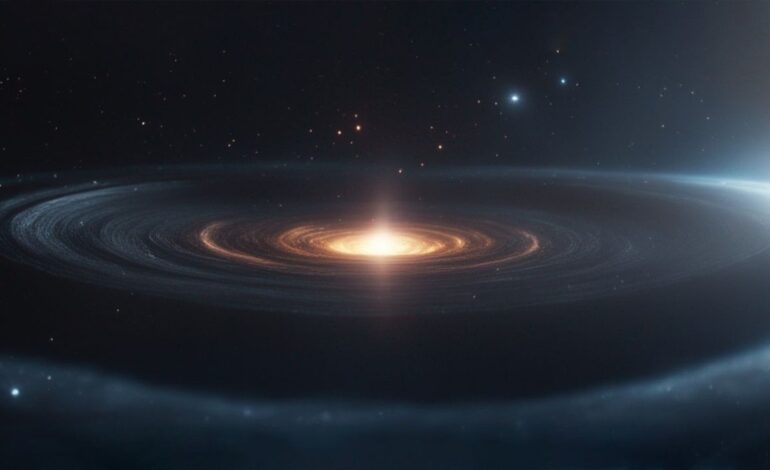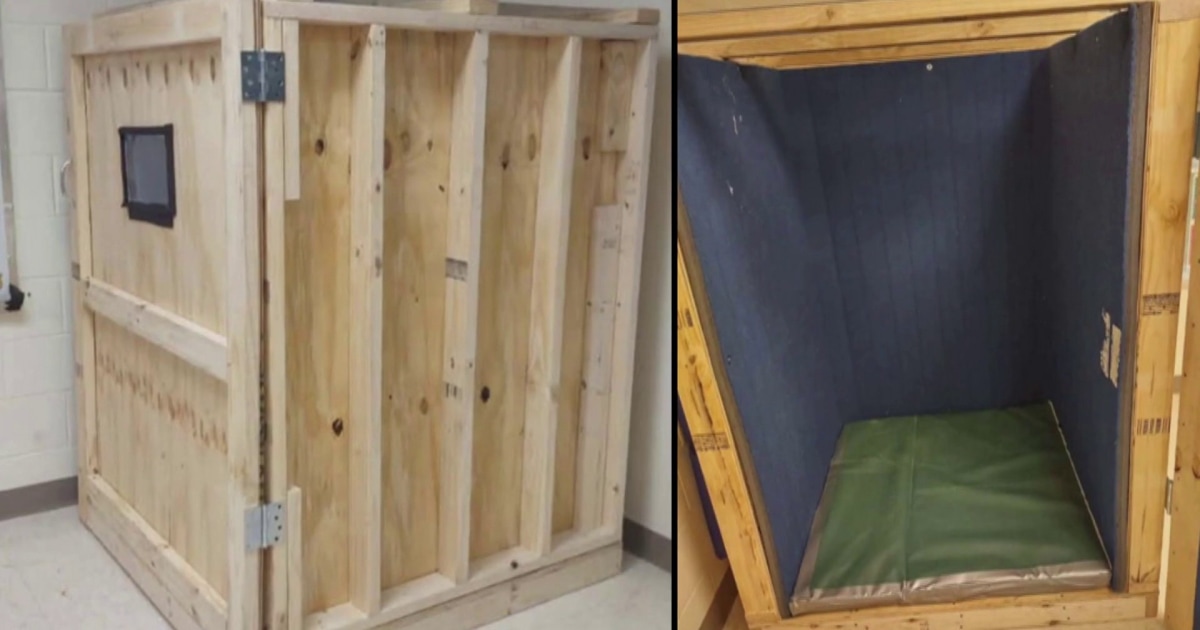Scientists Aim to Detect Gravitational Waves from Big Bang

Researchers are on the verge of potentially detecting gravitational waves that originated from the Big Bang, an event that could significantly reshape our understanding of the universe. These primordial gravitational waves, remnants of the early moments of cosmic expansion, remain elusive and undetected by current technology.
In 1916, physicist Albert Einstein predicted gravitational waves through his theory of general relativity, positing that these ripples in the fabric of space-time are caused by any mass that accelerates. Although the concept was groundbreaking, Einstein doubted that the waves could ever be observed due to their weak nature.
The landscape changed dramatically in 2015 when a team of physicists successfully detected gravitational waves for the first time using the Laser Interferometer Gravitational Wave Observatory (LIGO). This state-of-the-art detector employs mile-long lasers finely tuned to capture minute vibrations, allowing researchers to identify gravitational waves generated by merging black holes. This event released energy equivalent to the entire mass of the sun transformed into pure energy, yet the waves themselves are invisible.
The waves detected from black hole mergers, while powerful, are not the strongest gravitational waves generated in the universe. Cosmologists believe that during the initial moments of the Big Bang, the universe underwent a rapid expansion known as inflation. This phenomenon, which occurred in less than a second, caused the cosmos to expand exponentially, setting the stage for the formation of galaxies and other cosmic structures.
While scientists do not yet understand the mechanisms driving inflation, they have gathered indirect evidence supporting its occurrence. The cosmic microwave background, released approximately 380,000 years after the Big Bang, contains subtle variations in temperature that reflect the density fluctuations caused by inflation. These fluctuations, however, do not provide a direct glimpse into the event itself.
In addition to leaving a lasting imprint, inflation generated gravitational waves of unprecedented intensity. These primordial gravitational waves continue to exist today, although they have been stretched and weakened over billions of years of cosmic expansion. Unlike the brief and sharp waves from black hole mergers, primordial gravitational waves are long and slow, making them difficult to detect with current Earth-based instruments.
To achieve this goal, the next generation of gravitational wave observatories, including the Laser Interferometer Space Antenna (LISA), is planned for launch in the mid-2030s. LISA will consist of three satellites positioned between 600,000 and 3 million miles (1 million to 5 million kilometers) apart, using lasers to measure minute changes in distance caused by passing gravitational waves. This mission aims not only to detect primordial gravitational waves but also to explore waves produced by supernovas and supermassive black holes.
The potential for success remains uncertain. Scientists are still assessing the strength of primordial gravitational waves, which complicates predictions about their detectability today. Meanwhile, a decade ago, astronomers proposed a more ambitious project known as the Big Bang Observer (BBO). This initiative would involve a network of multiple spacecraft using high-powered lasers to enhance sensitivity in detecting these elusive waves. However, the BBO project remains in the proposal stage, lacking concrete plans for realization.
As research continues, all eyes are on LISA. Should the mission succeed, it could provide unprecedented insights into the earliest moments of cosmic history, transforming our understanding of how inflation occurred and fundamentally altering our perspective on the universe itself. The quest to unveil these gravitational waves holds the promise of illuminating the invisible forces that shaped our cosmos, leading to discoveries that may redefine our place in the universe.






